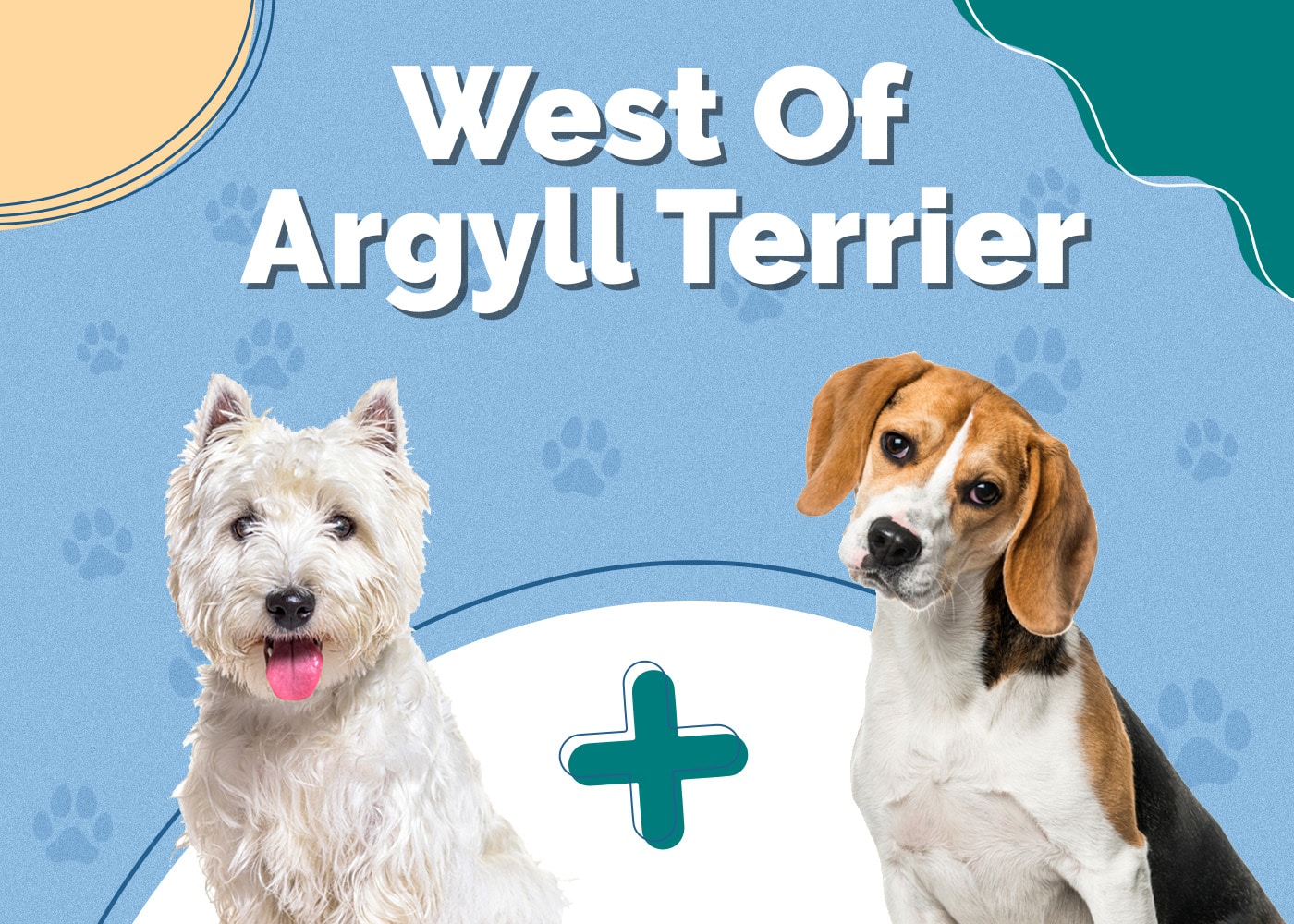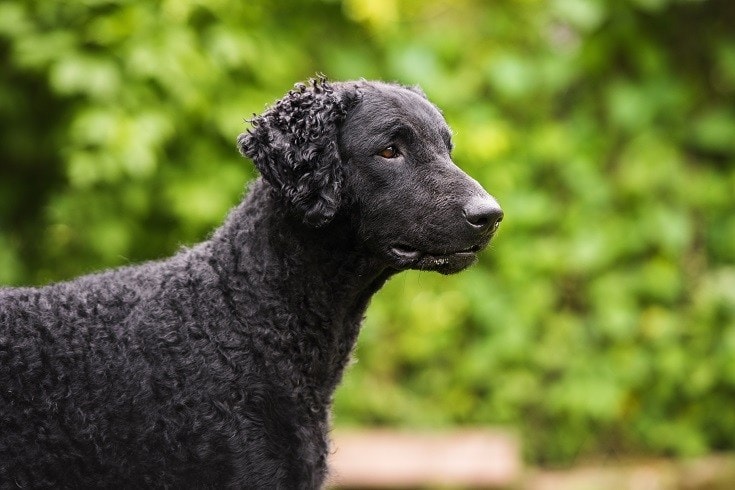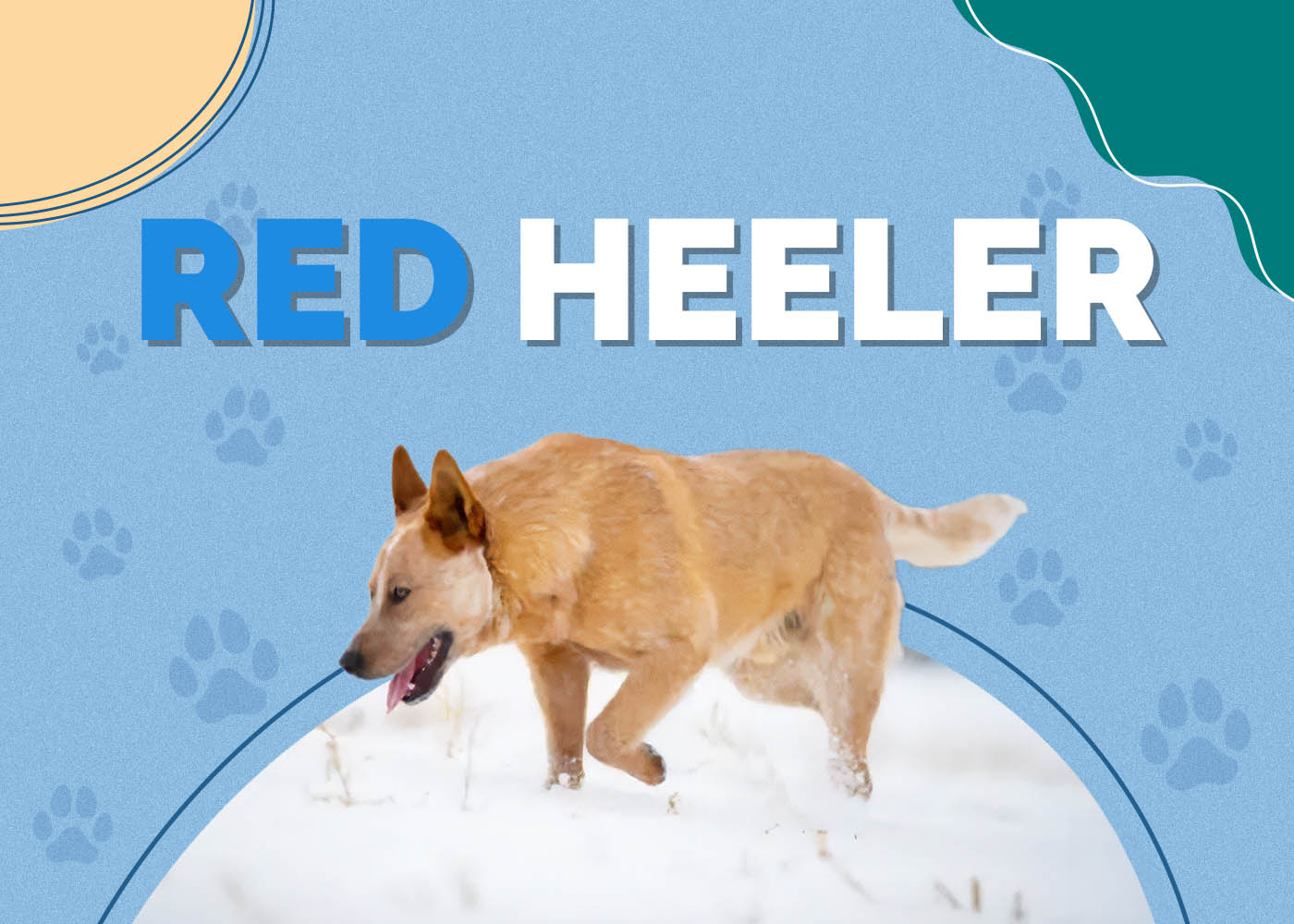Barbet Dog Breed: Info, Pictures, Characteristics & Facts

Updated on
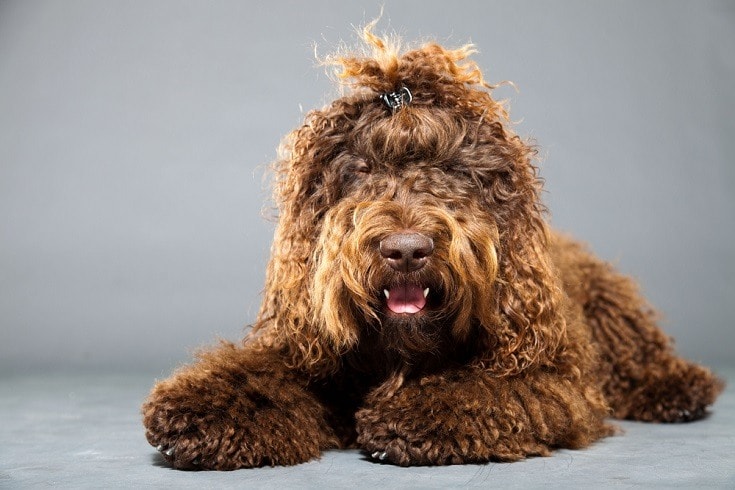
| Height: | 20 – 25 inches |
| Weight: | 35 – 60 pounds |
| Lifespan: | 13 – 15 years |
| Colors: | Black, white, fawn, grey, brown |
| Suitable for: | Families, singles, hunters, outdoor enthusiasts |
| Temperament: | Intelligent, sensitive, obedient, joyful, playful, loyal |
The Barbet is a wooly and friendly sporting dog that is a relative of both the Standard Poodle and Briard. Similar to the Poodle, they have webbed feet and a thick coat of tight curls that make them perfect dogs for retrieving waterfowl. They are keen, fearless hunters and avid swimmers with a calm and sensitive nature. They are, like their Poodle cousins, highly intelligent, and training these dogs is usually a breeze. Barbets are joyful, loving, and playful dogs that are highly devoted to their owners.
Barbets are a fairly rare breed, even though they have existed in the U.S. for quite some time. They are an ancient breed, having references to them dating as far back as the 16th century. They originated in France and get their name from “barbe,” the French word for beard, due to their distinctive bearded snout. They have long been a valued working and companion dogs but are best known for their skill in waterfowl retrieval in the muddy marshes of France. The expression, “muddy as a Barbet,” came from the breed’s love of water and mud. The Barbet and Poodle were considered for almost 100 years to be the same breed due to their similar appearance, use, and temperament.
There are not many of these unique pooches around in the U.S., but if the Barbet sounds like the breed for you, read on for an in-depth look at this wooly canine.
Barbet Puppies
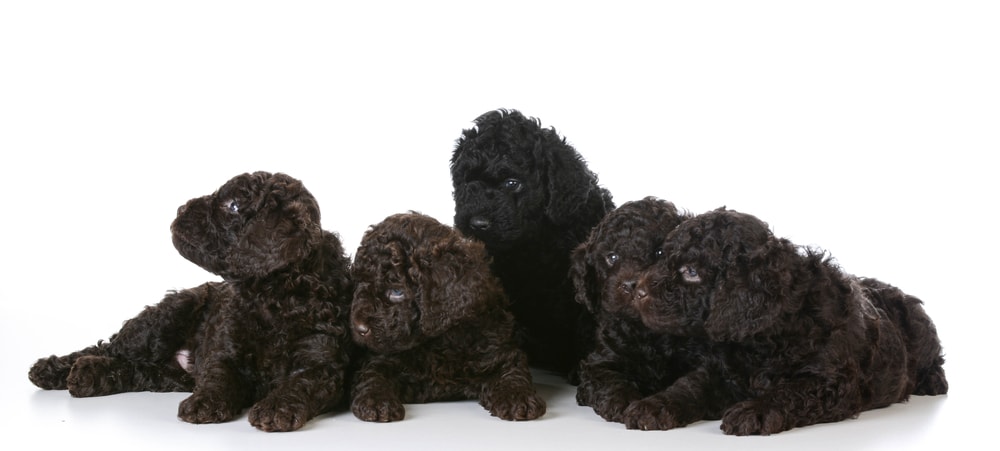
Any dog is a big responsibility to take on, and you should put a great deal of careful thought into it before bringing home a puppy, no matter the breed. That being said, the Barbet is in a league of their own. Although gentle and kind in temperament, these dogs have a ton of energy and high exercise needs, and their thick, dense coats require constant maintenance. They were bred to be out with hunters running for hours on end, so they will need regular intensive exercise to stay happy and healthy.
Although they are not massive dogs, they can reach heights of around 26 inches and weights of up to 60 pounds, and this combined with their exuberant energy make for a big responsibility.
3 Little-Known Facts About the Barbet
1. Barbets are hypoallergenic.
Good news for owners with allergy issues, the Barbet is non-shedding and hypoallergenic. As much as 10% of the world is allergic to dogs and cats. While there are no truly 100% hypoallergenic dogs, there are certain breeds that do well among allergy sufferers. These breeds are typically low-shedding — like the Barbet — and they produce less dander. Dander is what causes most allergies in humans, and it is attached to the shedding hair, which ends up all over the home.
Thankfully, Barbets are non-shedding, so they are an ideal choice if you suffer from any allergy issues.
2. They almost went extinct.
Barbets date back to the 16th century, but after World War II devastated France, they almost went extinct. Luckily, a small handful of breeders worked hard to revive the breed and managed to save them from extinction. Still, they are rare dogs, with only around 500 registered Barbets worldwide and fewer than 100 in the U.S.
3. Their coats don’t stop growing.
Like their Poodle cousins, a Barbet’s coat will continuously grow and needs constant trimming. You’ll typically need to trim their coats every 6-8 weeks, which unless you do it yourself, can become expensive. The thick, dense, and tight curls of their coat will require regular grooming, as it is likely to pick up burrs.
Temperament & Intelligence of the Barbet 🧠
Barbets are highly intelligent dogs — they share an ancestry with Poodles, which are generally agreed upon as the most intelligent breed in the world. With this intellect comes a sensitive nature, and Barbets need a soft hand in training. Any yelling or harsh training methods will likely stress them out and shut them down to learning commands.
These dogs are superior athletes with high energy and amazing agility. Even with this high energy and their long hunting history, they are generally calm and gentle dogs that are obedient and easy to train. These dogs bond strongly with their family and owners and do not enjoy being left alone for extended periods. They are known to suffer from separation anxiety if left alone, even when around other dogs. It is their long history of working with humans that make them so attached to their family.
Barbets are highly prone to misbehavior like barking and digging when they get bored, and they need a ton of regular exercise and interaction to keep them happy and healthy. Early socialization is also essential, as without it, they can become wary and aloof with strangers and even territorial at times.
Are These Dogs Good for Families? 🏡
Yes! Barbets are friendly, calm, and gentle animals that make great family pets. They can be a handful around small children, though, as they can quickly get over-excited and boisterous when playing and may accidentally knock them over. They can be wary of strangers but are rarely aggressive toward people. They are highly social dogs that like to be wherever you are and are happy as long as you are close. If you are the type of person that doesn’t enjoy having your dog by your side almost constantly, the Barbet may not be the ideal choice for you, as they’ll quickly become your shadow.
Does This Breed Get Along with Other Pets? 🐶 😽
With early socialization, Barbets will usually get along great with other pets and dogs. Bear in mind that these dogs have a long hunting history and a powerful prey drive and thus, may see smaller pets like cats and rabbits as prey. This is where good training is essential, as having a dog with such an innate prey drive means they need to have a strong recall ability to make sure that they want to stay near you rather than chase any small mammals that cross their path.
Things to Know When Owning a Barbet
Food & Diet Requirements 🦴
Barbets are medium-sized dogs, and although they don’t have any particularly unique dietary requirements, they are highly energetic. They will do well on a diet that’s slightly higher in protein than usual to sustain their abundant energy and fast metabolism.
They’ll do well on commercial dry kibble, provided that it is of the highest quality possible. Around 2-3 cups of dry food per day should be sufficient, depending on their age and energy levels, but higher quality food will mean a higher concentration of nutrients and you won’t have to feed them as much. Whether feeding commercial kibble or homemade food, be careful not to overfeed them, as these dogs are highly food motivated and can swiftly become obese. We highly recommend supplementing their dry food with lean meats and organ meats occasionally, as they’ll benefit greatly from the extra animal-based proteins.
When feeding your Barbet commercial food, be sure to carefully examine the ingredients list. Manufacturers will typically list the ingredients in order, the main ingredients coming first. The top two or three ingredients should ideally be a form of lean meat, like beef or chicken, as dogs need animal proteins to thrive. The food should ideally be free from filler ingredients, like corn, wheat, and soy, and contain no artificial colors, flavors, or preservatives.
Exercise 🐕
Barbets are brimming with energy and have a long history of spending hours on end running and swimming after game. They are sporting dogs after all, and they’ll need a ton of exercise, at least 2 hours a day and preferably more if possible. They are also highly intelligent dogs, and their minds need regular stimulation too.
They thrive on agility sports, ball games, and any activity that keeps them physically and mentally engaged. Of course, their history working in muddy marshes retrieving waterfowl means that they love water, and swimming is an excellent way to keep them physically active. Barbets are generally happy and mellow dogs, provided that they get sufficient exercise. If they don’t, expect a great deal of barking, chewing, and digging.
Training 🦮
Barbets are highly intelligent, eager to please, and easy to train dogs. They are athletic pooches that will do well at agility sports and obedience training, and they have a long history of working with humans and following precise commands.
Bear in mind that these dogs are super sensitive and won’t respond well to harsh training methods. That being said, they still need a fairly firm and confident leader because they are energetic dogs that need to be able to follow commands. We recommend reward-based training methods for Barbets due to their sensitive nature. This training method relies on treats and praise as rewards for good behavior, as opposed to punishment for bad behavior.
Grooming ✂️
Barbets don’t shed, making them ideal for owners with allergies, and they won’t leave a ton of hair on you after petting or a cuddle. They still need regular brushing, though, to prevent knotting and matting, and this will help remove any dead hair before it clumps up into locs. These can quickly form into thick mats that will need to be cut out if your Barbet is not regularly brushed.
Their thick coats are also a magnet for any burrs, dirt, and twigs that they brush against on walks outside, all of which will end up inside your home if not regularly brushed out.
Other than that, they’ll need regular trimming of their ever-growing coat, around once every 2 months. Regular teeth brushing is essential to prevent any dental disease and tartar build-up, and they may need occasional nail clipping, although these are usually worn down by your Barbet’s regular activity.
Health Conditions ❤️
Barbets are a healthy and robust breed that suffers from few genetic diseases. This may be surprising, given the ancient lineage and vast genetic pool that the breed draws from, but conscientious breeders have exercised extreme caution during selection for breeding.
That being said, hip dysplasia is fairly common but can usually be prevented by a healthy diet rich in omega-3 and 6 fatty acids.
Some Barbets suffer from an eye condition called entropion, which is an abnormality of the eyelids in which the eyelid rolls inward. This rolling inward causes the hairs on the outside of the eyelid to rub against the dog’s cornea, resulting in irritation, pain, and eventually, partial vision loss. Cataracts are also another possible eye condition in Barbets, and while usually harmless, it can sometimes lead to partial vision loss in serious cases.
Some Barbets may suffer from epilepsy, although this is fairly rare.
- Skin and food allergies
- Hot spots
- Obesity
- Cataracts
- Cancer
- Hip dysplasia
- Entropion
- Epilepsy
Male vs Female
If you’ve decided that this is the breed for you and want to bring a Barbet puppy home, you’ll need to decide whether to get a male or female. It’s important to note that all dogs are unique individuals, and there are few significant differences between male and female Barbets. One of the most important factors in your decision is whether you already own dogs. Dogs of the same sex may have territorial issues, and dogs of different sexes generally get along better. Just make sure to have them spayed or neutered to prevent pregnancy.
Males are, on average, bigger and heavier than females, and they are generally more easygoing than females. Other than that, there are no real distinguishable differences between the two.
The environment in which your dog is raised and the method in which they are trained will be a far more accurate predictor of personality and temperament than gender. Barbets are generally friendly, mellow, and affectionate dogs no matter the sex.
Final Thoughts
These wooly dogs are a true sporting breed with a ton of energy, and they’ll need a great deal of mental and physical stimulation to stay happy and healthy. This makes owning one of these dogs a big responsibility, one that shouldn’t be taken lightly. If you do decide to bring home one of these delightful pooches, though, they are certainly worth the effort! They are great with children and other pets, are intelligent and easy to train, and are rarely, if ever, aggressive, making them an ideal family pet.
See also:
Featured Image: Ysbrand Cosijn, Shutterstock




